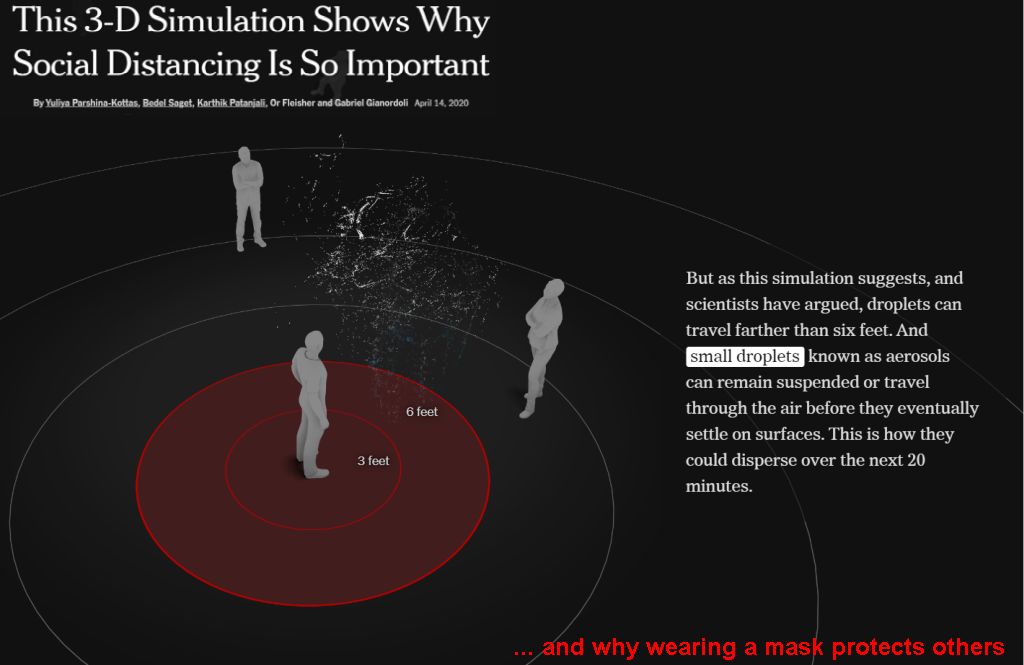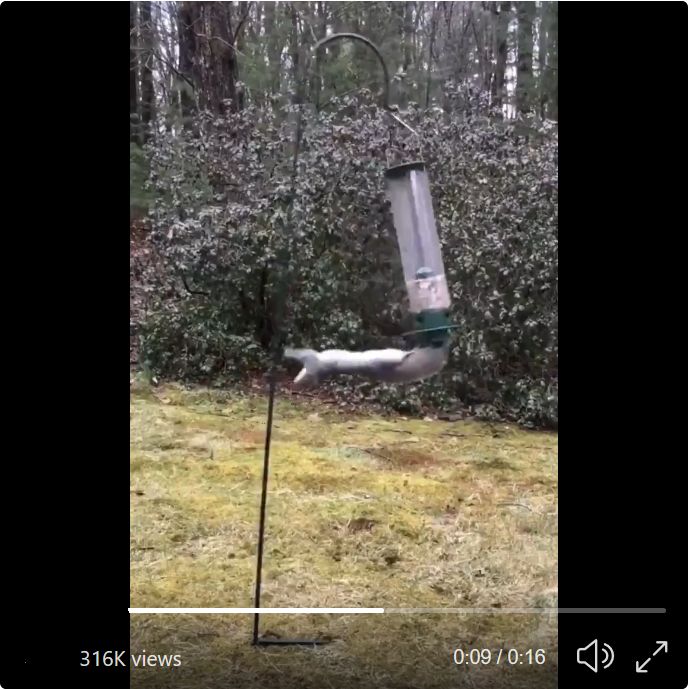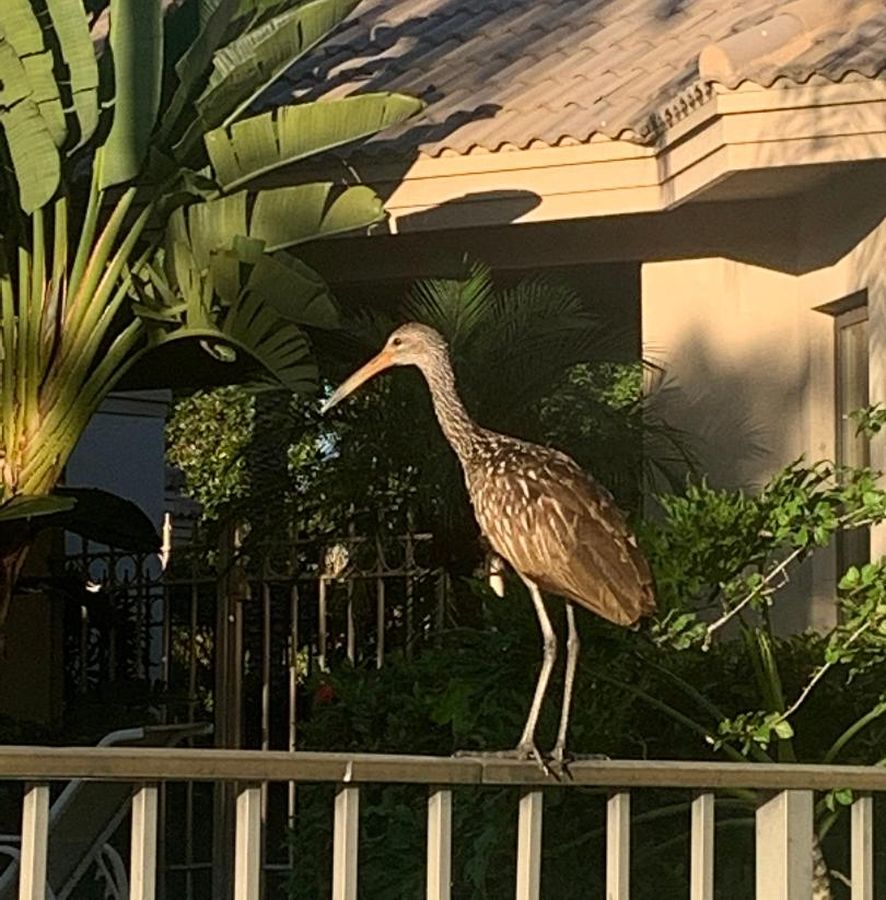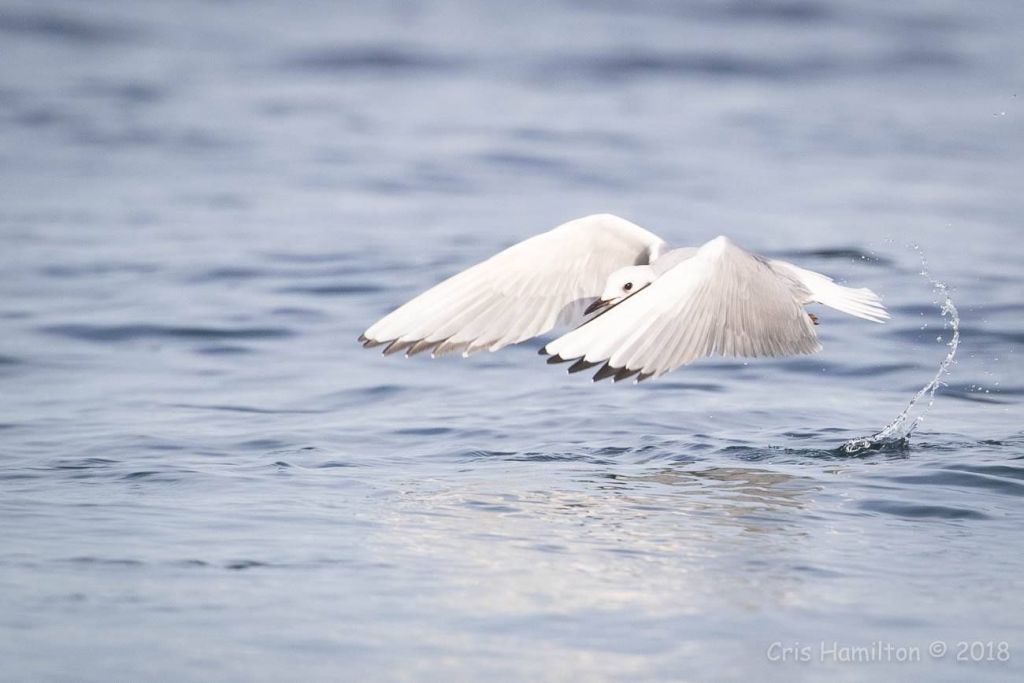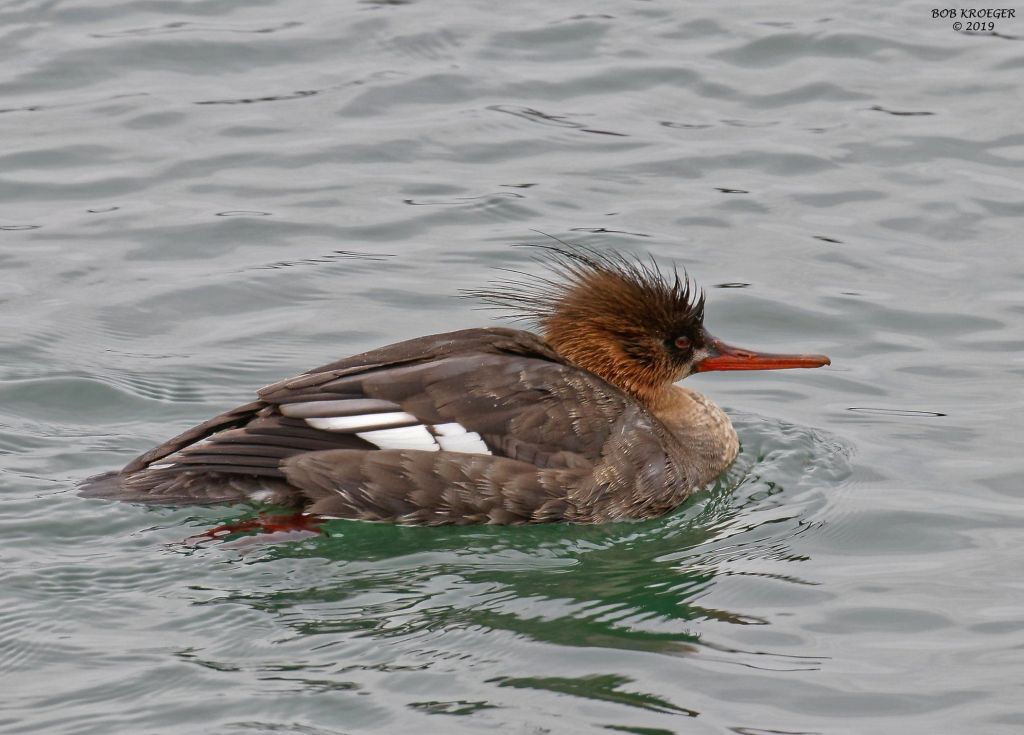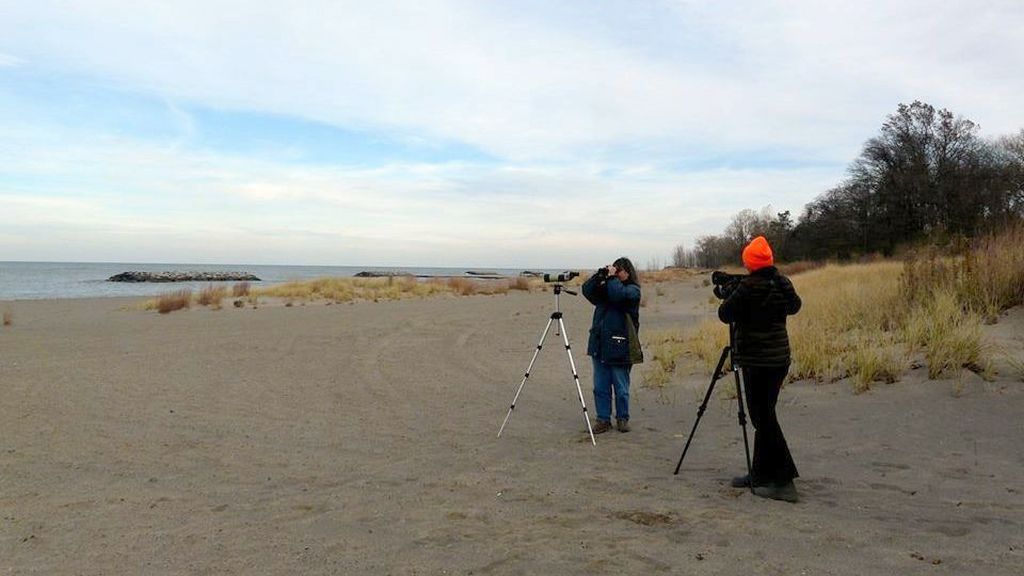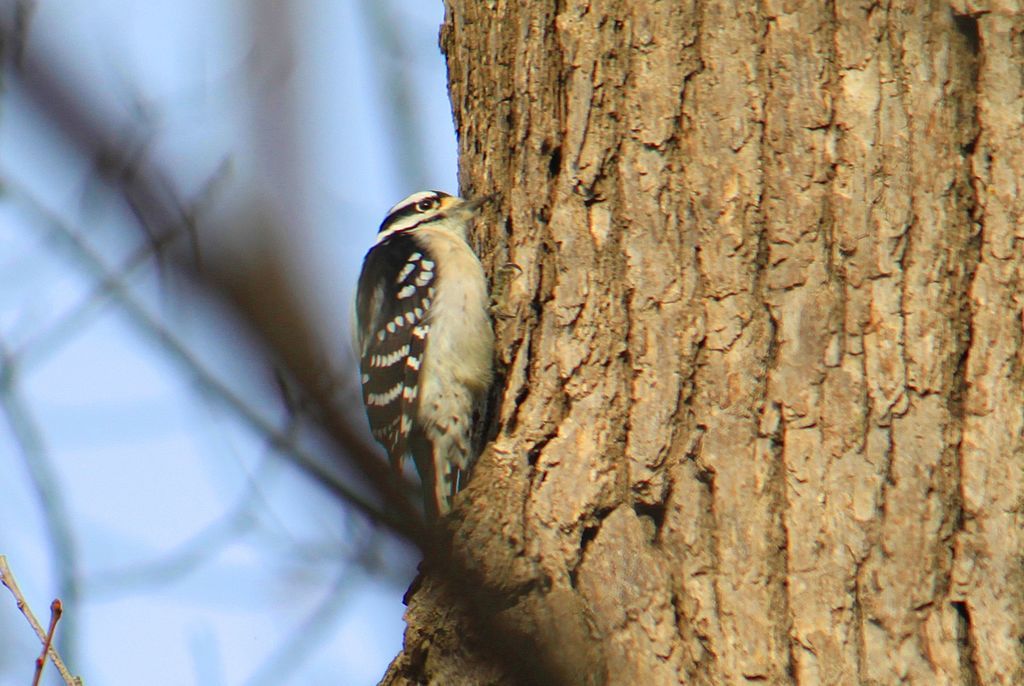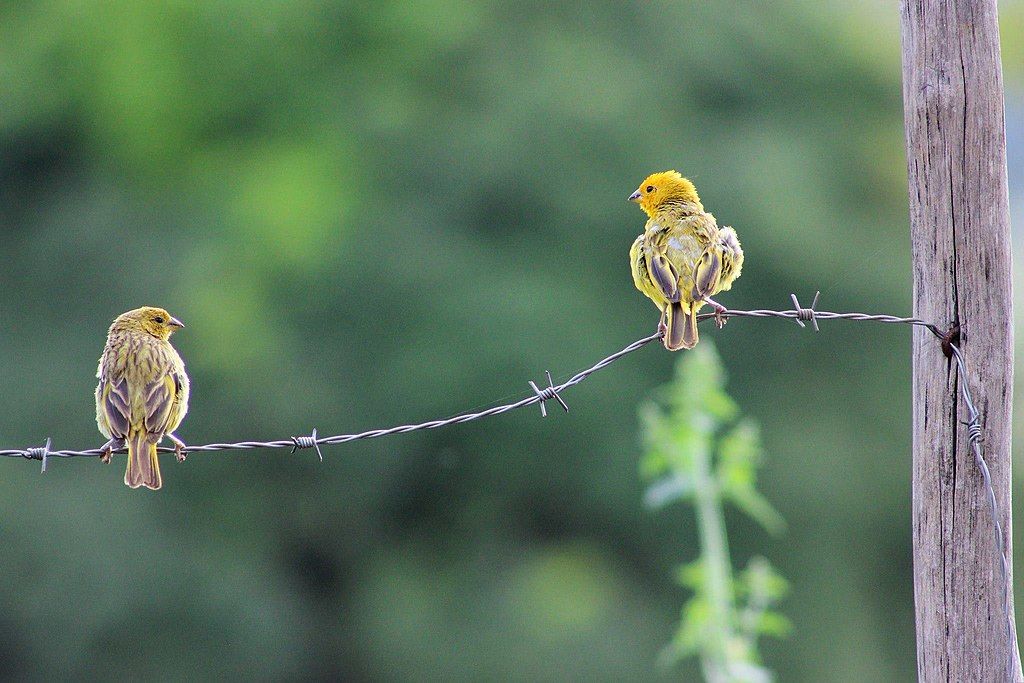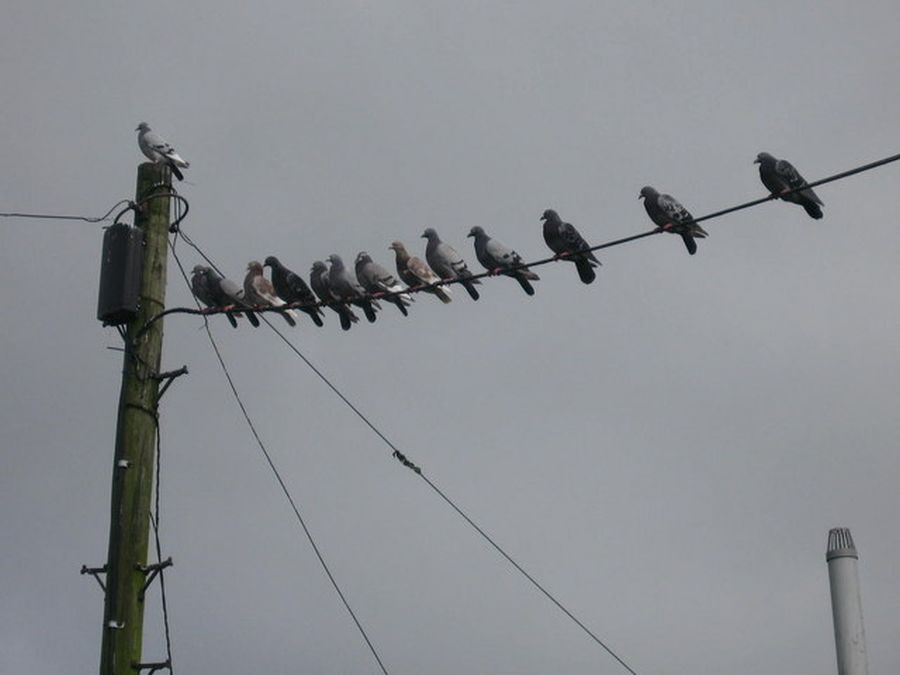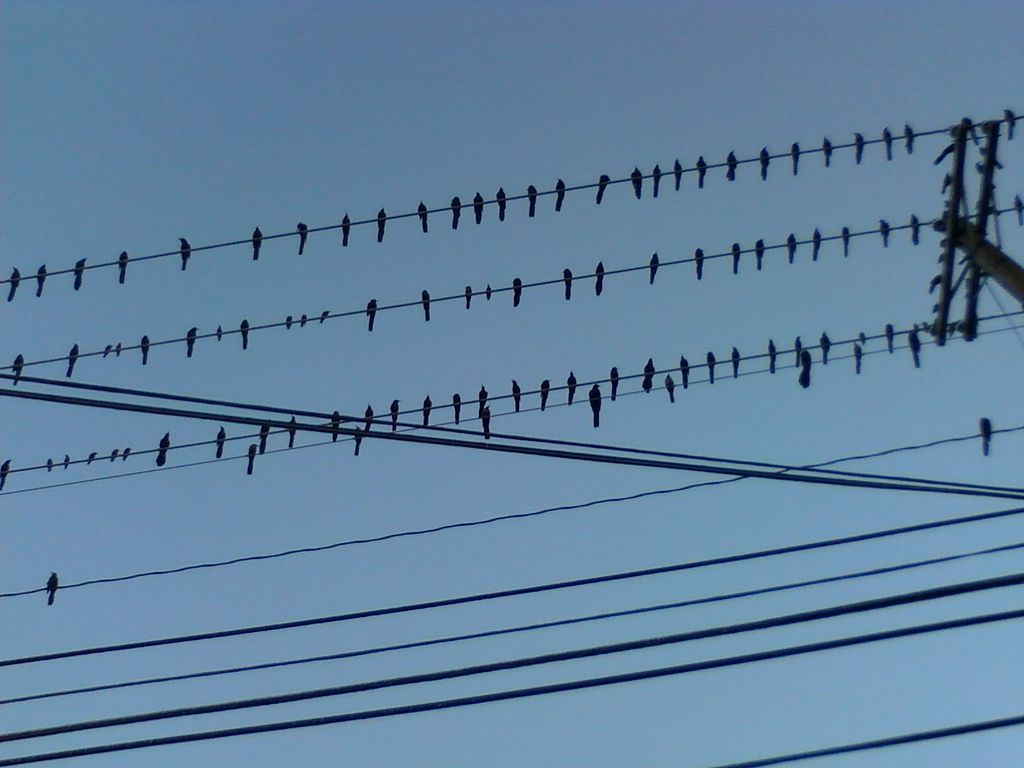Lions nap on road during lockdown at South Africa's Kruger National Park https://t.co/oO99LDhuax
— BBC News (World) (@BBCWorld) April 16, 2020
With South Africa shut down for the COVID-19 pandemic, wild animals are taking back the human spaces in Kruger National Park.
Above, a pride of lions takes a nap on the road just outside Orpen Rest Camp on 15 April. Click on the photos in the tweet below to see closeups of the lions.
Kruger visitors that tourists do not normally see. #SALockdown This lion pride are usually resident on Kempiana Contractual Park, an area Kruger tourists do not see. This afternoon they were lying on the tar road just outside of Orpen Rest Camp.
— Kruger National Park (@SANParksKNP) April 15, 2020
?Section Ranger Richard Sowry pic.twitter.com/jFUBAWvmsA
The BBC explains:
But why anyway, you might ask, would lions prefer tarmac to the softness of grass?
Probably for the simple reason that it had been raining on Tuesday night and, as Mr Phaala explained, “The tar was drier than the grass at the time – big cats and water don’t mix.”
— from Coronavirus: Lions nap on road during South African lockdown, BBC News, 16 April 2020
While the humans are away, the cats will play.
(tweets embedded from BBC News and Kruger National Park; video from The Guardian)

